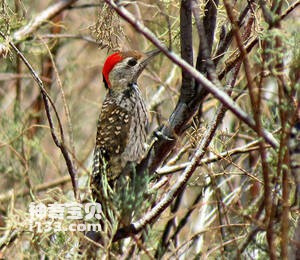
Dendropicos fuscescens
Dendropicos fuscescens,Cardinal Woodpecker
The species Dendropicos fuscescens and Cardinal Woodpecker are unknown. List···
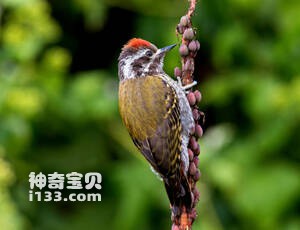
Dendropicos abyssinicus
Dendropicos abyssinicus,Abyssinian woodpecker
The golden-backed woodpecker is called Dendropicos abyssinicus and Abyssinia···
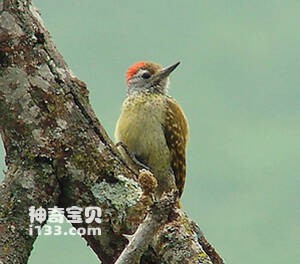
Dendropicos poecilolaemus
Dendropicos poecilolaemus,Speckle-breasted Woodpecker, Uganda Spotted Woodpecker
The species is known as Dendropicos poecilolaemus and Speckle-breasted Woodp···
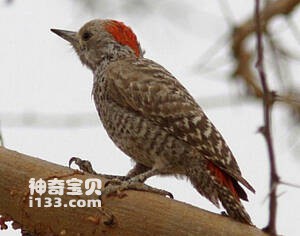
Dendropicos elachus
Dendropicos elachus,Little grey woodpecker,Sahelian woodpecker
Little grey woodpecker is known by its scientific name Dendropicos elachus a···
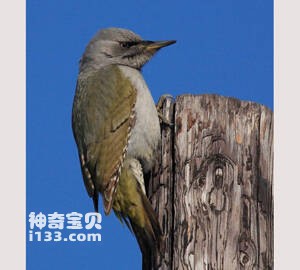
Dendropicos goertae
Dendropicos goertae,Grey Woodpecker,African grey woodpecker
The Grey Woodpecker is known by its scientific name Dendropicos goertae and ···
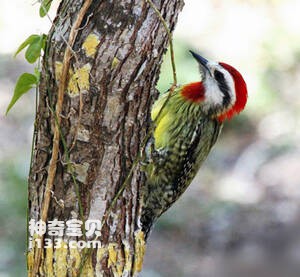
Xiphidiopicus percussus
Xiphidiopicus percussus,Cuban Green Woodpecker
The Cuban Green Woodpecker is known as Xiphidiopicus percussus and Cuban Gre···
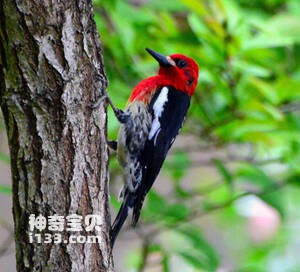
Sphyrapicus ruber
Sphyrapicus ruber,Red-breasted sapsucker
The Red-breasted sapsucker is known as Sphyrapicus ruber or red-breasted sap···
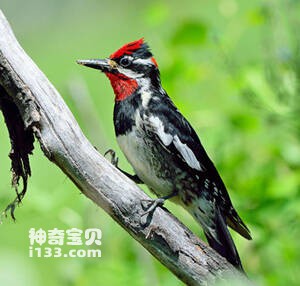
Sphyrapicus nuchalis
Sphyrapicus nuchalis,Red-naped Sapsucker
红颈吸汁啄木鸟学名Sphyrapicus nuchalis,外文名Red-naped Sapsucker,长期被认为···
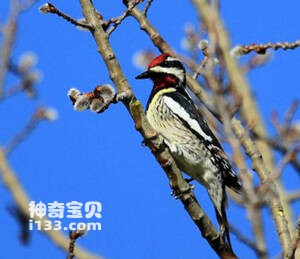
Sphyrapicus varius
Sphyrapicus varius,Yellow-bellied sapsucker
The Yellow-bellied sapsucker, known as Sphyrapicus varius or yellow-bellied ···
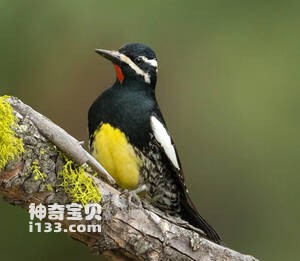
Sphyrapicus thyroideus
Sphyrapicus thyroideus,Williamson's Sapsucker
Sphyrapicus thyroideus and Williamson's Sapsucker are not known.Listed i···
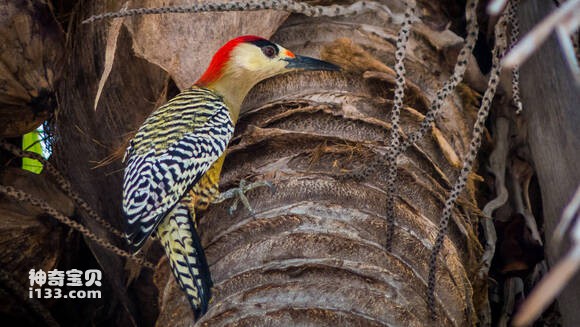
Melanerpes superciliaris
Melanerpes superciliaris,West Indian Woodpecker
The great red-bellied Woodpecker is known as Melanerpes superciliaris and We···
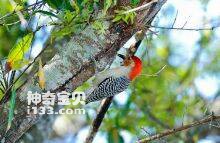
Melanerpes carolinus
Melanerpes carolinus,Red-bellied Woodpecker
The Red-bellied Woodpecker is Melanerpes carolinus and red-bellied Woodpecke···

Melanerpes santacruzi
Melanerpes santacruzi,Velasquez's woodpecker
Melanerpes santacruzi (Velasquez's woodpecker) is a subspecies of woodpe···
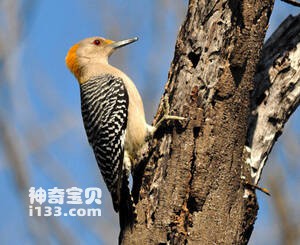
Melanerpes aurifrons
Melanerpes aurifrons,Golden-fronted Woodpecker
Melanerpes aurifrons and Golden-fronted Woodpecker are unknown.Listed in the···
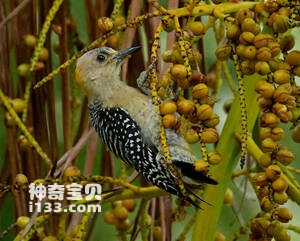
Melanerpes hoffmanni
Melanerpes hoffmanni,Hoffmann's Woodpecker
The Woodpecker Melanerpes hoffmanni, also known as Hoffmann's Woodpecker···
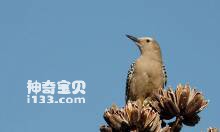
Melanerpes uropygialis
Melanerpes uropygialis,Gila Woodpecker
The Gila Woodpecker has three subspecies, Melanerpes uropygialis and Gila Wo···
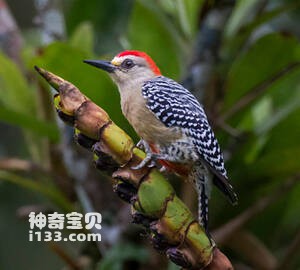
Melanerpes rubricapillus
Melanerpes rubricapillus,Red-crowned Woodpecker
The Red-crowned Woodpecker Melanerpes rubricapillus, red-crowned Woodpecker,···
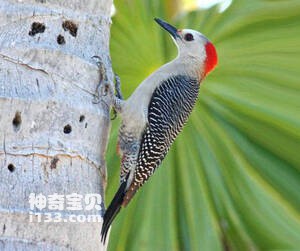
Melanerpes pygmaeus
Melanerpes pygmaeus,Yucatan Woodpecker
The Yucatan Woodpecker is known as Melanerpes pygmaeus and Yucatan Woodpecke···
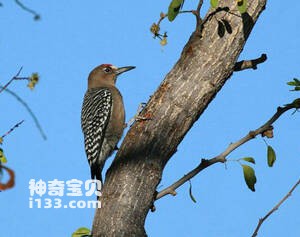
Melanerpes hypopolius
Melanerpes hypopolius,Gray-breasted woodpecker
Melanerpes hypopolius and Gray-breasted woodpecker are unknown.Listed in the···
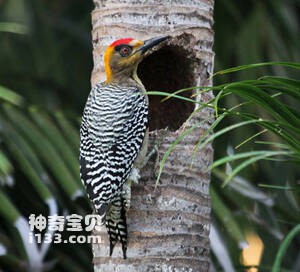
Melanerpes chrysogenys
Melanerpes chrysogenys,Golden-cheeked Woodpecker
The species is known as Melanerpes chrysogenys and Golden-cheeked Woodpecker···
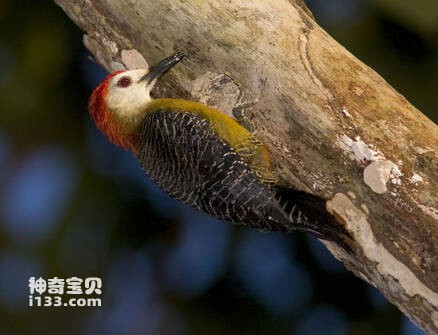
Melanerpes radiolatus
Melanerpes radiolatus,Jamaican woodpecker
The Jamaican woodpecker is known as Melanerpes radiolatus and Jamaican Woodp···
